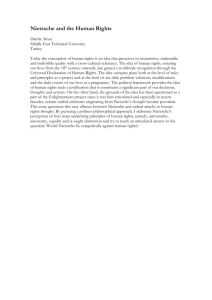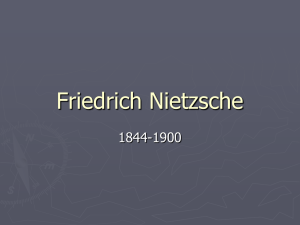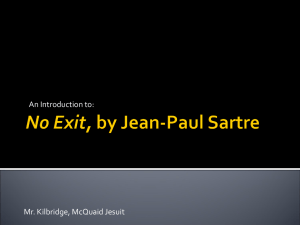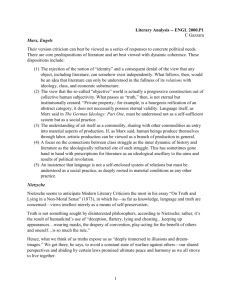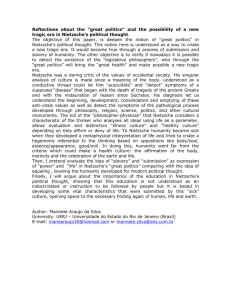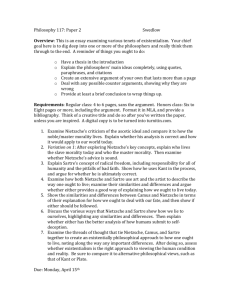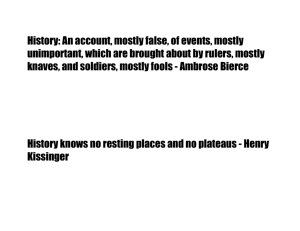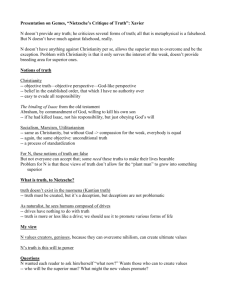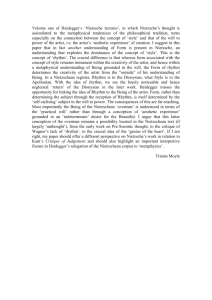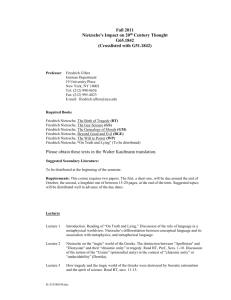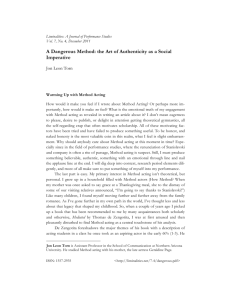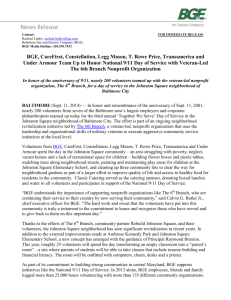David McNeill
advertisement
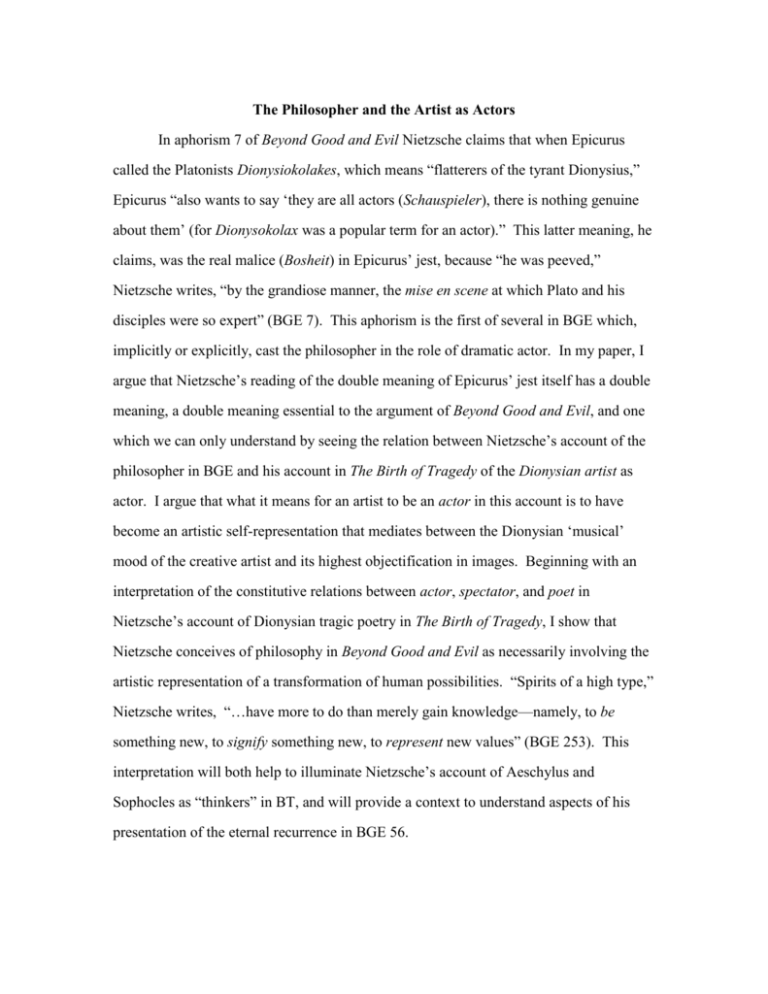
The Philosopher and the Artist as Actors In aphorism 7 of Beyond Good and Evil Nietzsche claims that when Epicurus called the Platonists Dionysiokolakes, which means “flatterers of the tyrant Dionysius,” Epicurus “also wants to say ‘they are all actors (Schauspieler), there is nothing genuine about them’ (for Dionysokolax was a popular term for an actor).” This latter meaning, he claims, was the real malice (Bosheit) in Epicurus’ jest, because “he was peeved,” Nietzsche writes, “by the grandiose manner, the mise en scene at which Plato and his disciples were so expert” (BGE 7). This aphorism is the first of several in BGE which, implicitly or explicitly, cast the philosopher in the role of dramatic actor. In my paper, I argue that Nietzsche’s reading of the double meaning of Epicurus’ jest itself has a double meaning, a double meaning essential to the argument of Beyond Good and Evil, and one which we can only understand by seeing the relation between Nietzsche’s account of the philosopher in BGE and his account in The Birth of Tragedy of the Dionysian artist as actor. I argue that what it means for an artist to be an actor in this account is to have become an artistic self-representation that mediates between the Dionysian ‘musical’ mood of the creative artist and its highest objectification in images. Beginning with an interpretation of the constitutive relations between actor, spectator, and poet in Nietzsche’s account of Dionysian tragic poetry in The Birth of Tragedy, I show that Nietzsche conceives of philosophy in Beyond Good and Evil as necessarily involving the artistic representation of a transformation of human possibilities. “Spirits of a high type,” Nietzsche writes, “…have more to do than merely gain knowledge—namely, to be something new, to signify something new, to represent new values” (BGE 253). This interpretation will both help to illuminate Nietzsche’s account of Aeschylus and Sophocles as “thinkers” in BT, and will provide a context to understand aspects of his presentation of the eternal recurrence in BGE 56.
